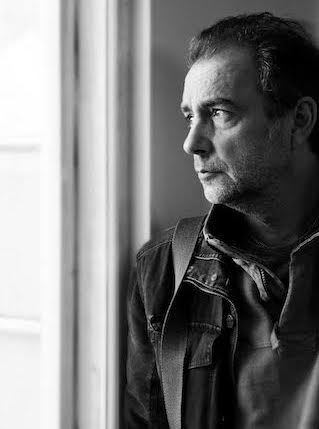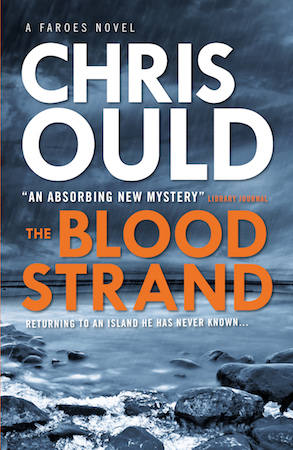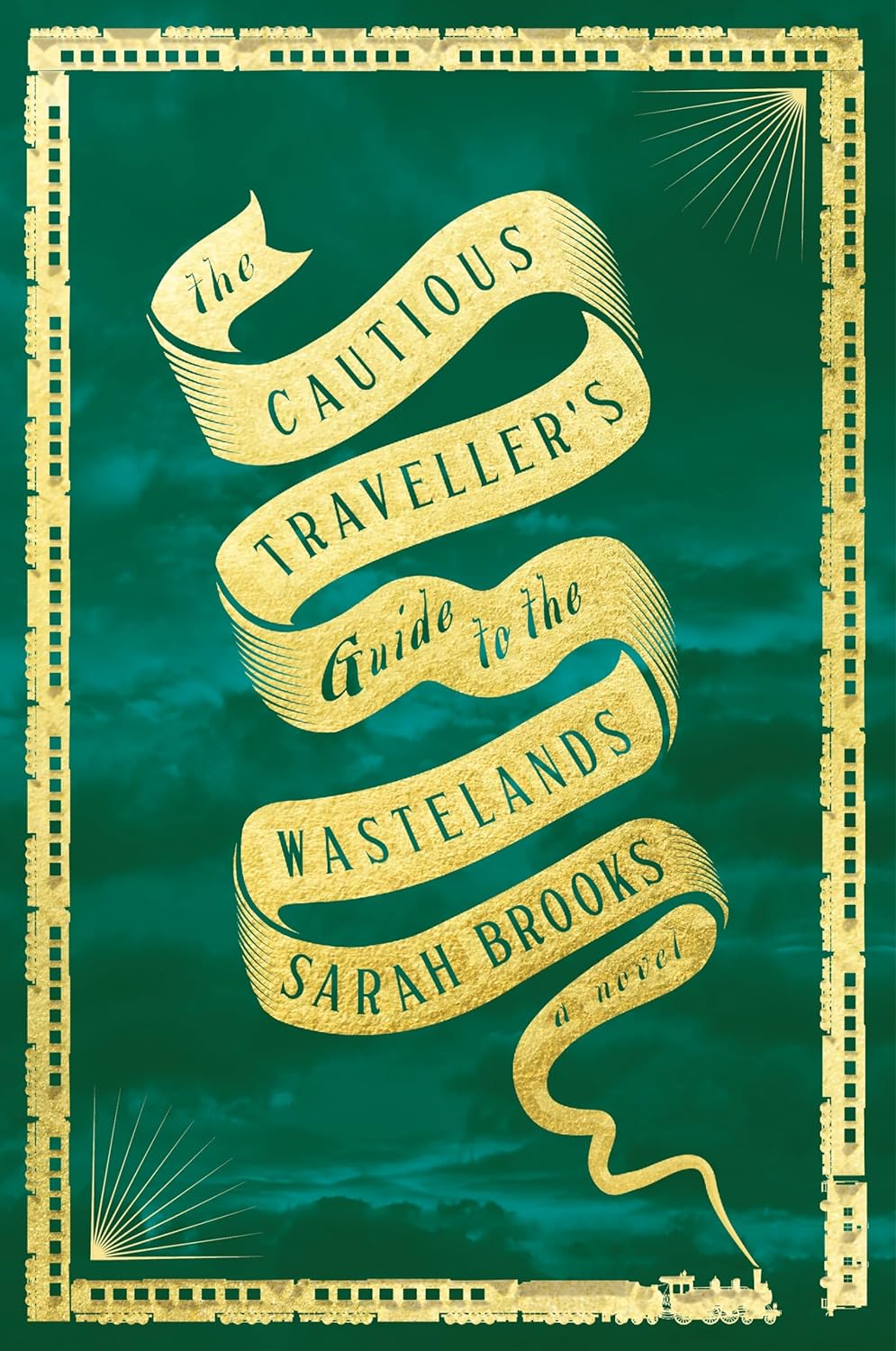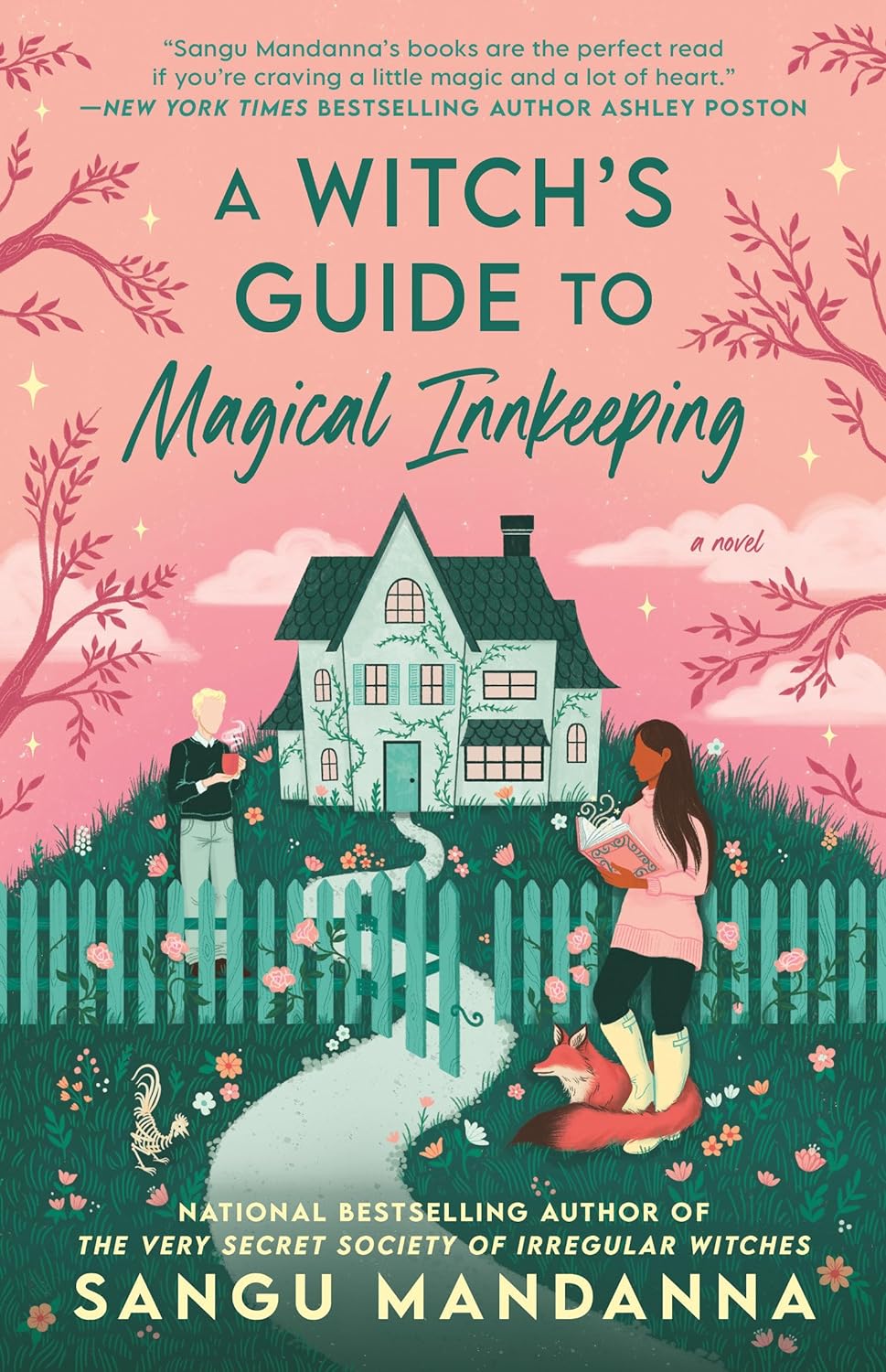 Five Faroe Island Facts
Five Faroe Island Facts
When I first read about the Faroe Islands a very long time ago there was precious little information to be had. What there was just added to their mystique: out in the middle of the northern Atlantic; a small population speaking a language known only to themselves; ancient traditions going back to the Vikings…
Finally, years later, I made it out there to research the islands as a setting for a crime novel and I fell in love with the place. Truly. To me the islands have a majestic, awe-inspiring, unique quality: completely different to anywhere else I’ve ever been. So, when I was asked to come up with five facts about the Faroes for anyone who might be tempted to go there, I thought it was like asking me to choose my favourite child. Only five? (Yes, because it alliterates, stupid.)
So, this has taken me days to decide, but here goes.
Fact One: It’s wet. Often. Very. Even the proudest Faroe Islander will admit that they don’t (quite) have a Mediterranean climate. So there’s every chance you’ll be rained or drizzled on for hours. And then, because it’s the Faroes, the sun will come out and the dazzlingly saturated colour of every house, boat and field will make your eyes hurt.
My personal theory is that the Faroese paint everything brightly to make the most of the sunlight when it appears. I exaggerate for effect, of course, but waterproofs and decent boots are essential, even in summer. And on my first day there I discovered there’s no point in wearing a baseball cap. I spent half an hour trying to retrieve mine after the wind tossed it over a cliff. Not recommended. I went and bought a waterproof beanie instead.
But whatever the weather you’re experiencing at any given moment, the chances are that it’s the polar opposite at the other end of the island, or on the other side of a mountain. It’s not unusual for the Faroese to drive thirty miles from a fog-bound Borðoy to Streymoy just because someone’s called to say it’s sunny there.
Fact Two: The roads on the Faroes are brilliantly smooth and well maintained. (I think there may be a law against potholes, and the Faroese are very law-abiding people). That said, most of the roads stick to the coast – except when they plunge through mountains – so distances are deceptive. For instance, it takes about forty-five minutes to drive from the capital, Tórshavn, to Runavík even though they’re only six miles apart across the fjord as the crow flies.
The islanders have plans to connect the two towns with an undersea tunnel, which I think is a shame because the existing coastal drive is fantastic. But they live there and I don’t. Besides, the Faroese have a passion for road tunnels. There are nineteen already, linking islands and going through mountains, and for the most part they are well lit, smooth and exhilarating – except for the few which turn out to be a single lane wide. And unlit.
These narrow, dark tunnels still frighten the life out of me, and I use the term “life” loosely. When you’re deep inside a mountain, faced with the headlights of an on-coming truck that fills the whole tunnel, you will really question why you wanted to see Viðareiði or Gásadalur in the first place. (It’s worth it, though, trust me.)
Fact Three: The Faroese love hotdogs. Well, I assume they do because practically every filling station (a “tank station” in the Faroes) and corner shop sells them, although in truth I’ve only ever seen a few Faroe natives actually buying them. But if you’re there you should, firstly because they are good and second, because they may be the only sustenance you can find outside Tórshavn.
 Not surprisingly with a total islands population of 50,000, there isn’t a lot in the way of café culture in most of the smaller towns and villages. So don’t assume you’ll be able to eat or get coffee wherever you are. When you do find a café and it’s open (never guaranteed – see Fact 4) they’re always worth spending some time in. I’ve had some great conversations with people over strong black coffee, which is the way most Faroese take it.
Not surprisingly with a total islands population of 50,000, there isn’t a lot in the way of café culture in most of the smaller towns and villages. So don’t assume you’ll be able to eat or get coffee wherever you are. When you do find a café and it’s open (never guaranteed – see Fact 4) they’re always worth spending some time in. I’ve had some great conversations with people over strong black coffee, which is the way most Faroese take it.
And if you’re lucky enough to be invited into a Faroese home and offered a slice of skerpikjøt, the air-dried lamb, don’t turn it down. It’s even better than the hotdogs in my opinion, and according to the Faroese the taste varies depending on where it was dried.
Fact Four: The Faroese are always late. They’ll cheerfully tell you as much themselves, but they don’t mind if you are, too: in fact they kind of expect it. (This doesn’t apply to buses and planes, by the way: like all Scandinavian countries, those run on time!)
Faroese lateness has its roots in the fact that until relatively recently any journey on the islands or between them could be easily delayed or halted altogether by a change in the weather or sea conditions. In fact, it still can (though not as often), and the Faroese still use the saying: “You don’t know in the morning where you may sleep at night.”
Before the roads and tunnels – and as recently as the 1950s – these people would routinely walk for a couple of hours, up a mountain and down the other side, to go to church on Sunday. They’re hardy, determined folk: you had to be to live there.
Fact Five: The people are a contradiction. They can appear quite stiff and formal – even stand-offish – when you first meet, but once you get to know them they’re extremely hospitable and laid back. (And if you want to see them let their hair down then late on Saturday night in Tórshavn is a good chance to do so. You will make lots of new friends!)
As a people the Faroese have a strong and proud sense of their history and the people who’ve shaped it. They dress up in traditional costume for national holidays and keep alive thousand-year-old customs, but they don’t live in the past. In fact they’re a very forward-thinking, innovative and commercially astute nation. They’re independently minded, too, and their relationship with Denmark is as thorny as that of Scotland with England, so never, ever, refer to a Faroe Islander as Danish!
But as a flip side to this commercially industrious nation there’s the culture. The Faroese love the arts. Per capita, I think there are probably more people making art of one form or another in the islands than anywhere else in the world. I can’t prove that, but I do know that it’s hard to meet someone who can’t be engaged in conversation about music, literature or the visual arts.
Fact Six: (I’m sneaking this one in!) The Faroe Islands are addictive. I’ve yet to meet anyone who is satisfied after only one visit. That’s why my one novel set there has turned into three. I need to keep getting my fix of the Faroes. But it’s research, of course.
The Blood Strand, first of the Faroes series of crime novels by Chris Ould, is published by Titan Books.








No comments yet.